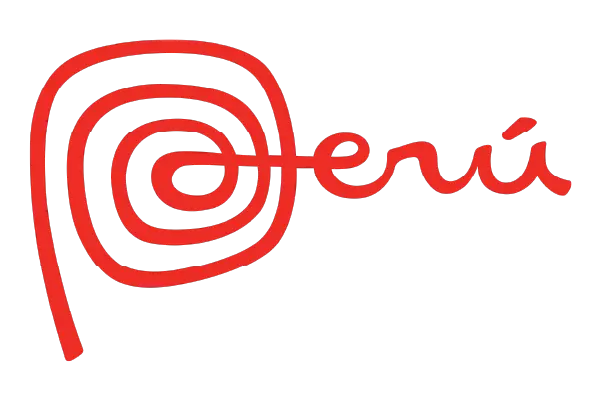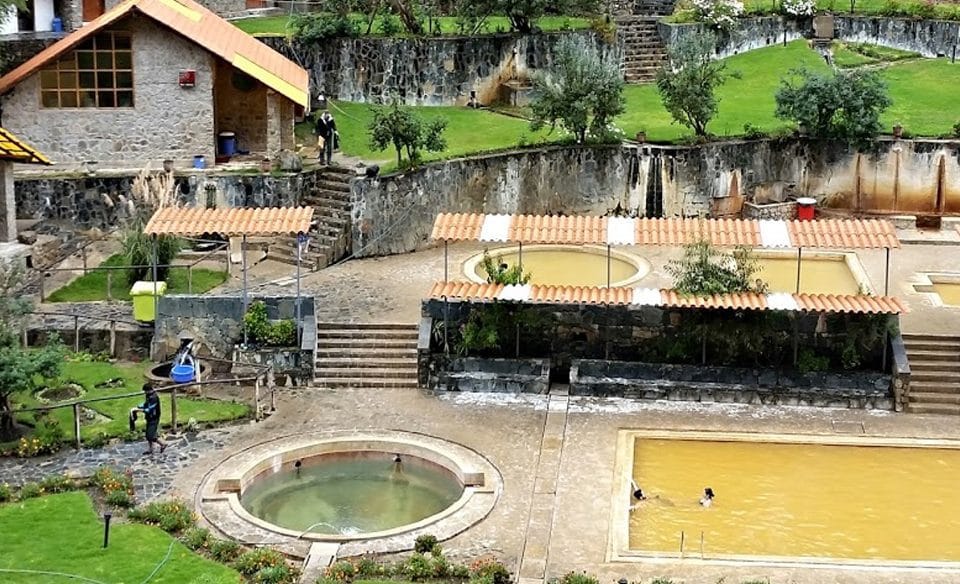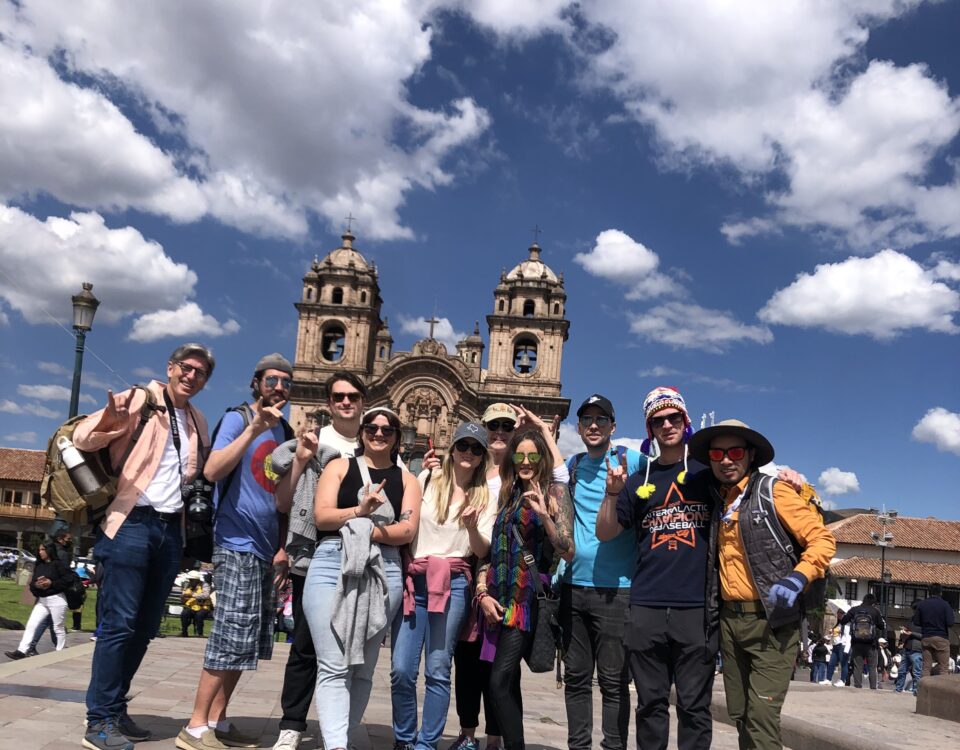Exploring the Unique Flora and Fauna of the Lake Titicaca
When people think about Peru, Machu Picchu often steals the spotlight. However, there’s another magical place that holds deep cultural, ecological, and spiritual meaning: Lake Titicaca. Located between Peru and Bolivia, this high-altitude lake is the highest navigable body of water in the world. But beyond its altitude, what truly makes it special is its breathtaking biodiversity and cultural depth. Exploring this region is not just about sightseeing—it’s about Discovering Culture of the South Valley and Lake Titicaca in a profound, unforgettable way.
Geographical Wonders: Where Sky Meets Water
Lake Titicaca sits at an altitude of 3,812 meters (12,507 feet) above sea level in the Andes Mountains. The region belongs to the Altiplano, a high plateau that stretches across Peru and Bolivia, and plays a vital role in regulating the region’s climate and water cycle.
This lake is a geographical marvel: it is 190 kilometers long and 80 kilometers wide, and it contains more than 40 islands, many of which are inhabited. If you’re truly interested in Discovering Culture of the South Valley and Lake Titicaca, understanding its geography is key to appreciating its flora and fauna.
Unique Flora of Lake Titicaca
Native Plant Life
- Totora Reeds: These reeds are iconic. They grow abundantly along the shores and are used by the Uros people to build floating islands, boats, and homes.
- Ichu (Stipa ichu): A highland grass that thrives in harsh, windy climates. It’s essential for feeding alpacas and llamas.
- Puna Grassland Species: Cushion plants, mosses, and herbs that adapt to extreme temperatures.
These plants not only support life, but they also reflect the deep relationship between the land and its people—key to Discovering Culture of the South Valley and Lake Titicaca in its fullest form.
Fascinating Fauna: Life at High Altitude
Birds
- Titicaca Grebe (Rollandia microptera): An endangered, flightless bird found only in this lake.
- Andean Coot, Puna Teal, and Chilean Flamingo: Colorful and vital to the lake’s wetland ecology.
Fish
- Orestias: A native fish species found nowhere else.
- Introduced Trout and Pejerrey: Popular for local fishing, although they’ve impacted the native species.
Amphibians
- Lake Titicaca Frog (Telmatobius culeus): The largest aquatic frog in the world. Sadly, it’s endangered due to pollution and overharvesting.
All of these creatures form part of the living mosaic that defines Discovering Culture of the South Valley and Lake Titicaca.
Cultural and Spiritual Worldview
The people who inhabit Lake Titicaca’s shores and islands don’t just live in nature—they live with nature. The Aymara and Quechua communities have passed down stories, legends, and rituals for generations.
- Pachamama (Mother Earth) is revered in everyday life.
- The lake is believed to be the birthplace of the Inca civilization, specifically the founders Manco Cápac and Mama Ocllo.
These beliefs aren’t just mythology—they’re part of the living worldview that makes Discovering Culture of the South Valley and Lake Titicaca such a rich and meaningful experience.
Sustainable Tourism and Its Challenges
Visiting Lake Titicaca requires a degree of responsibility. The region is ecologically delicate, and tourism can have both positive and negative impacts.
- Altitude Sickness: The elevation can be challenging, so visitors must acclimatize.
- Sustainable Practices: Support eco-tours, avoid littering, and respect local customs.
- Local Guides: Choosing community-based tourism helps preserve traditions and protect the environment.
When you travel with awareness, you’re not just a visitor—you’re part of Discovering Culture of the South Valley and Lake Titicaca in a way that’s respectful and impactful.
Tourist Importance and Uniqueness
From floating islands to ancient rituals, Lake Titicaca offers experiences that no other destination can replicate:
- Uros Floating Islands: Entirely handmade from reeds.
- Taquile and Amantaní Islands: Known for textiles and traditional lifestyles.
- Sillustani: Towering funerary monuments with Incan and pre-Incan origins.
These are not tourist traps—they’re windows into a world that still lives in harmony with nature. That’s why Discovering Culture of the South Valley and Lake Titicaca isn’t just a phrase—it’s a journey of the senses, spirit, and heart.
Discover the fascinating biodiversity and culture of Lake Titicaca with us. If you’re ready to embark on this unique adventure, contact us and we’ll help you plan your unforgettable trip.
